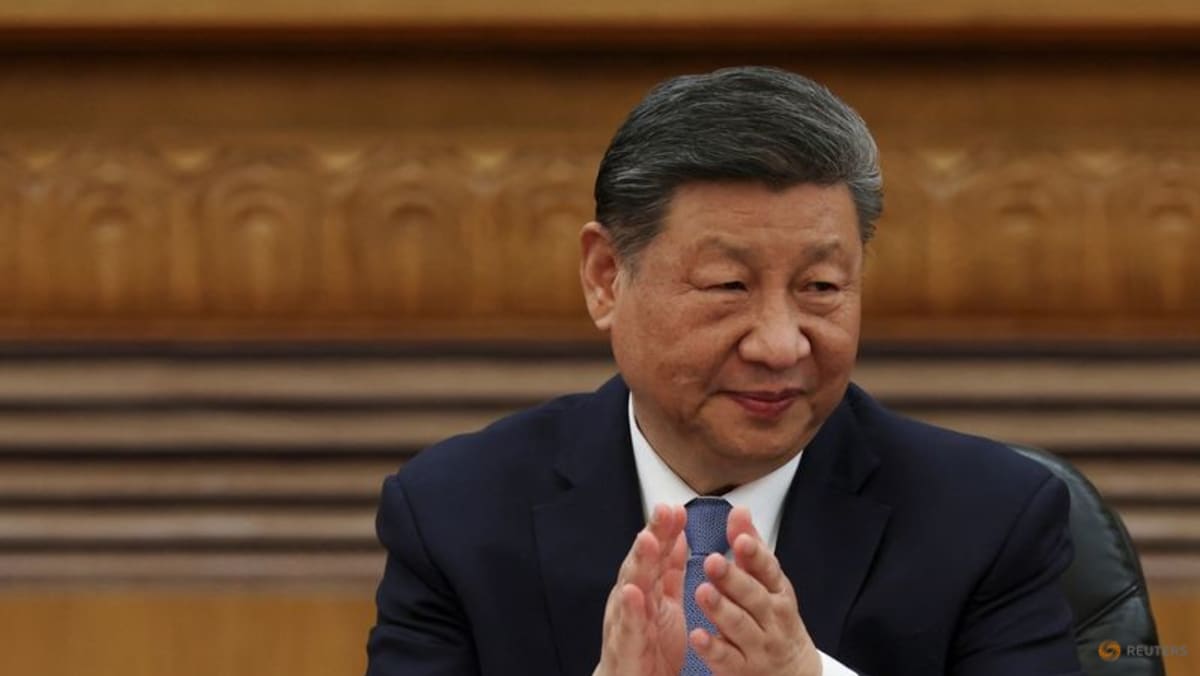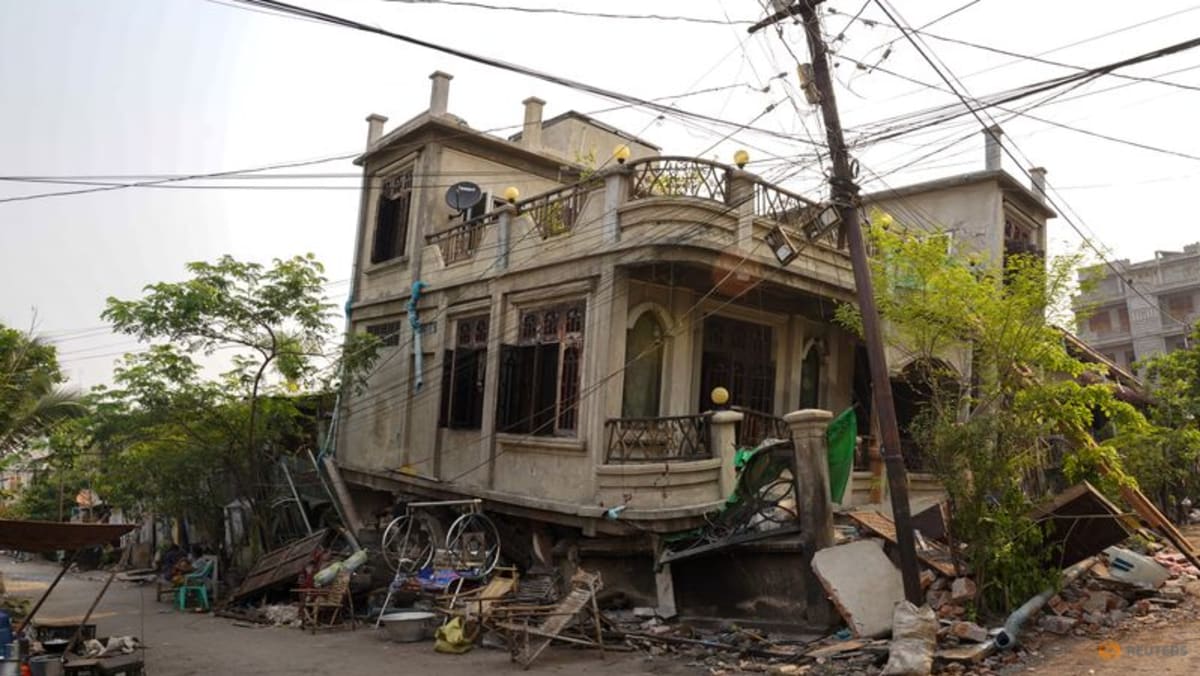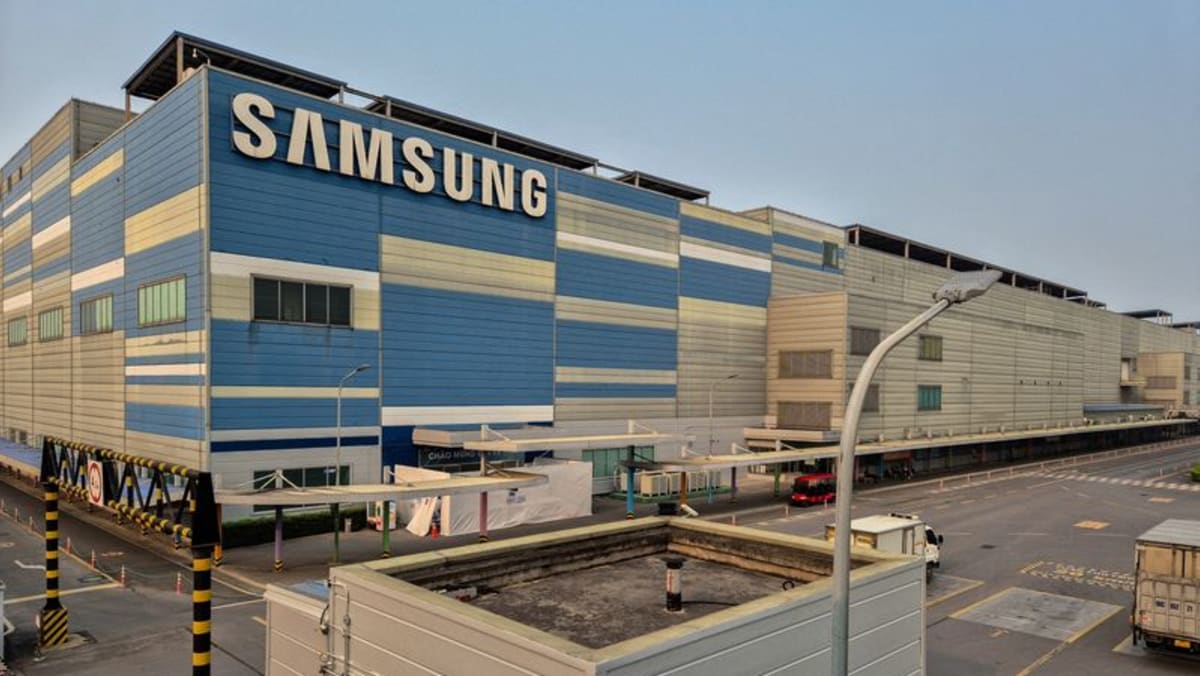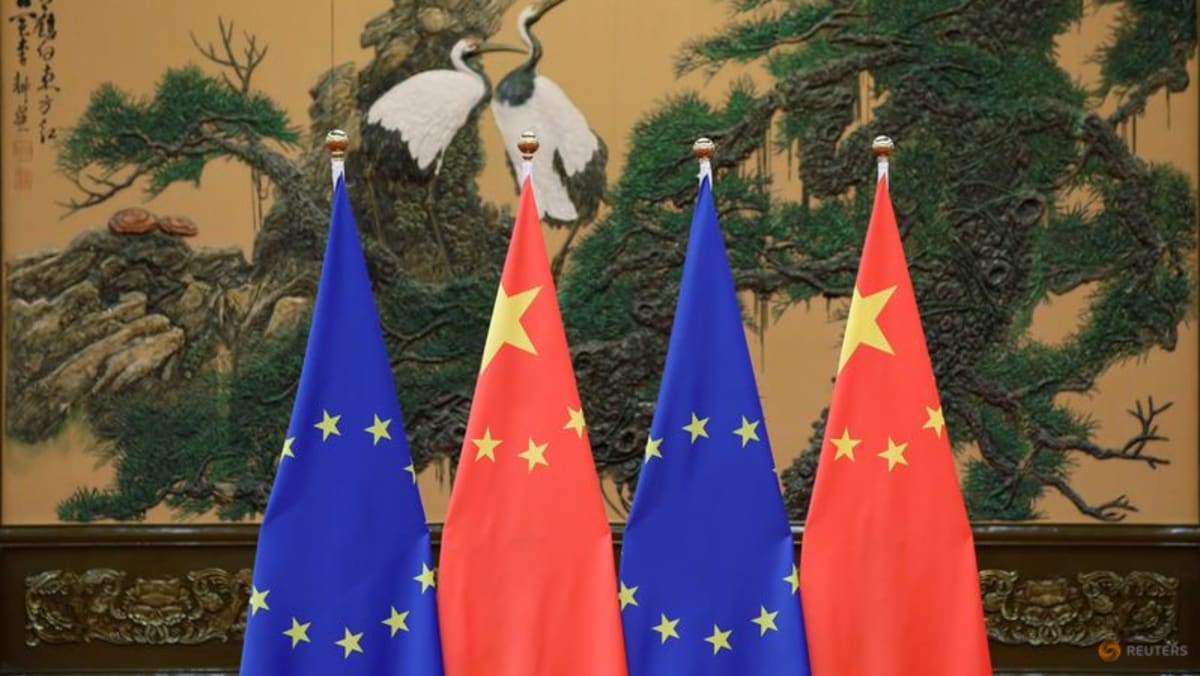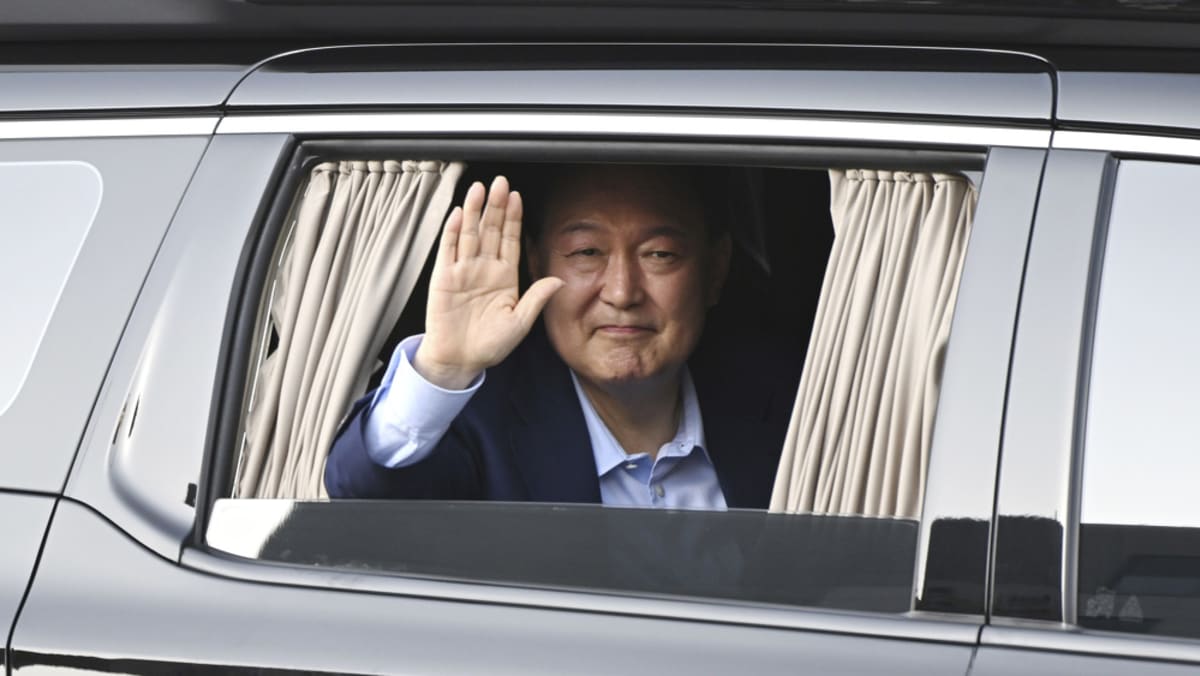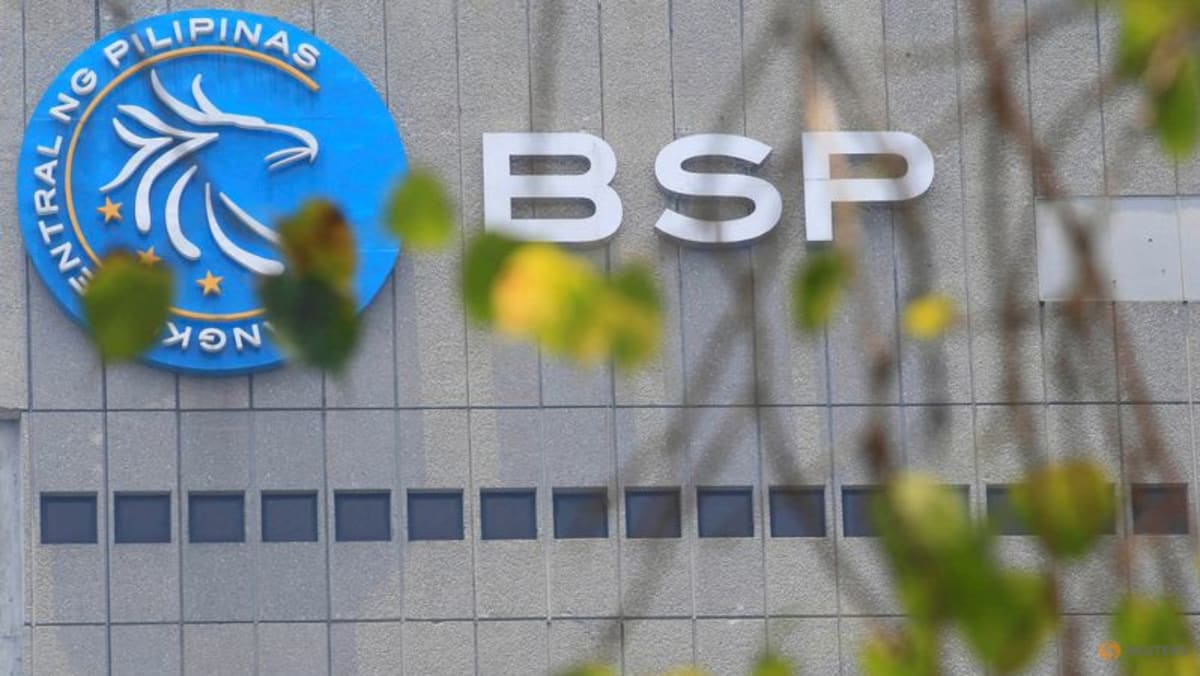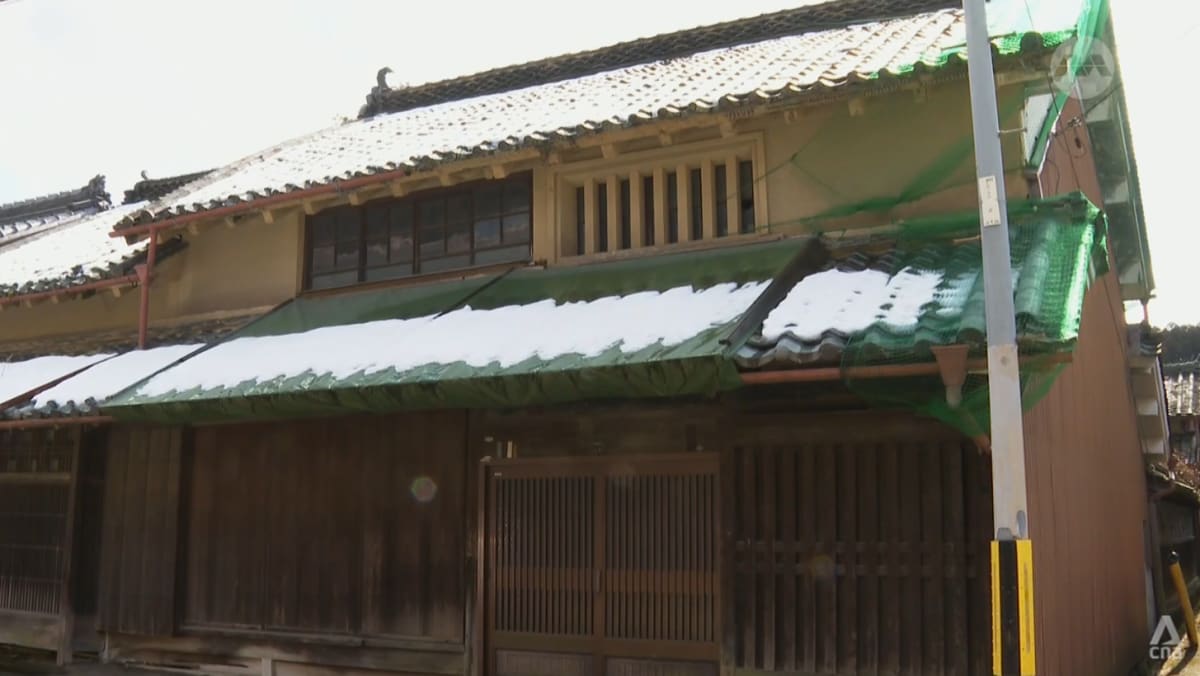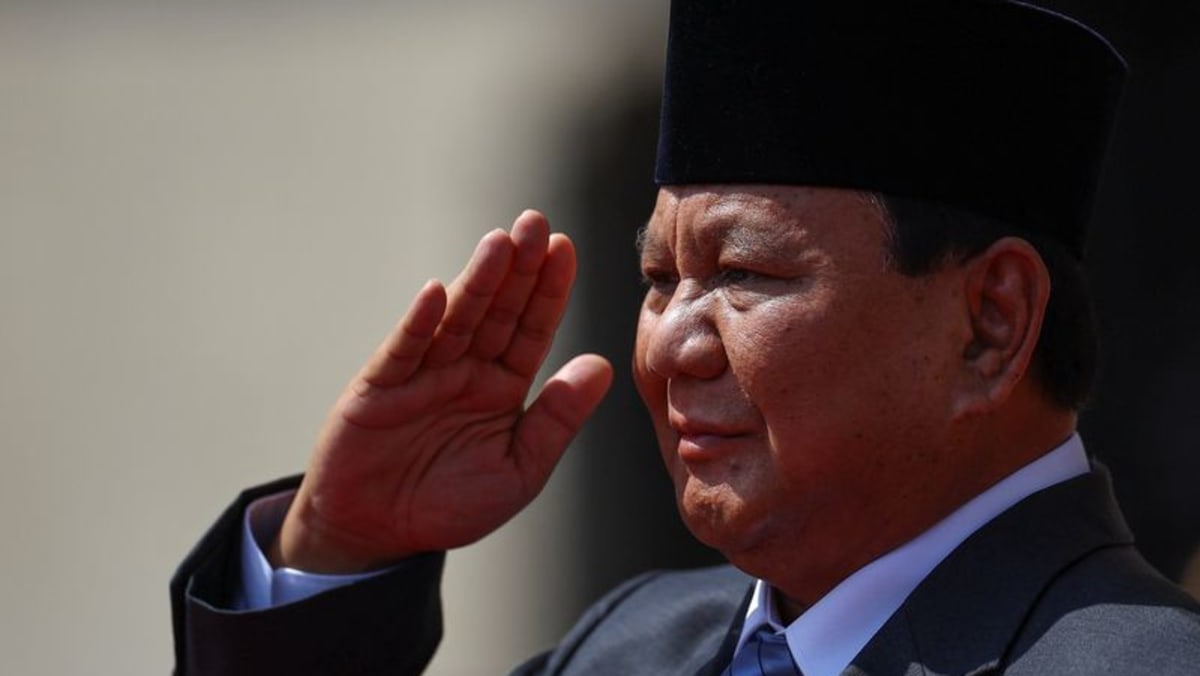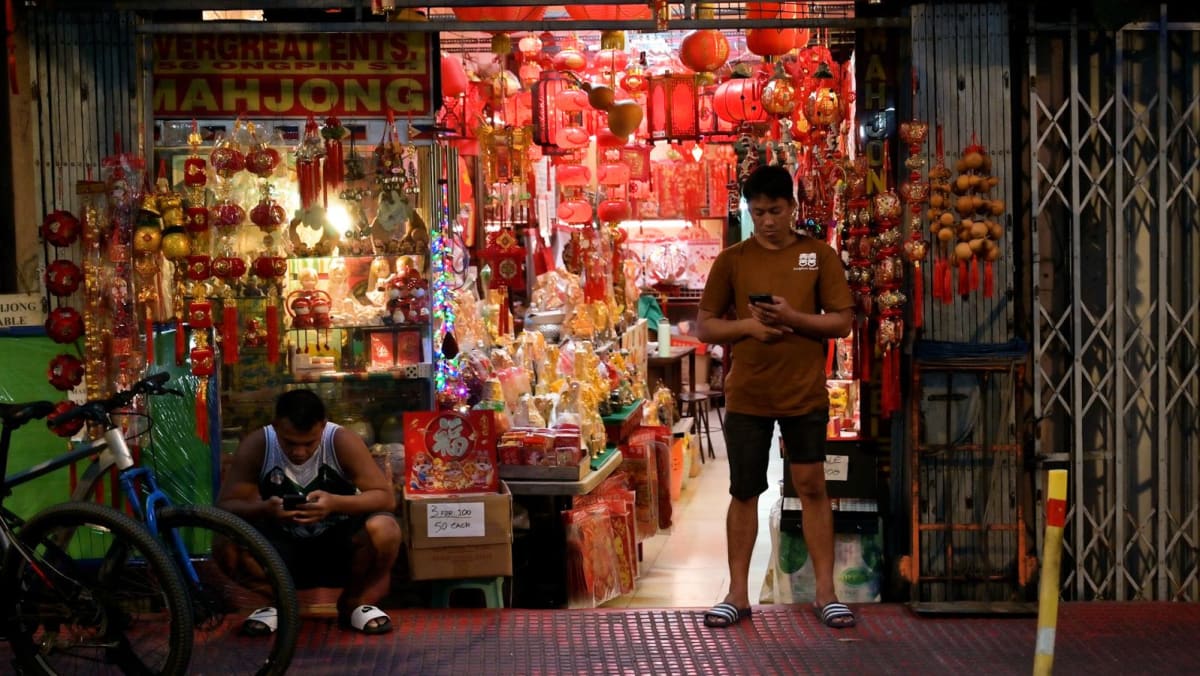Thailand detains 70 migrants believed to be Rohingya from Myanmar
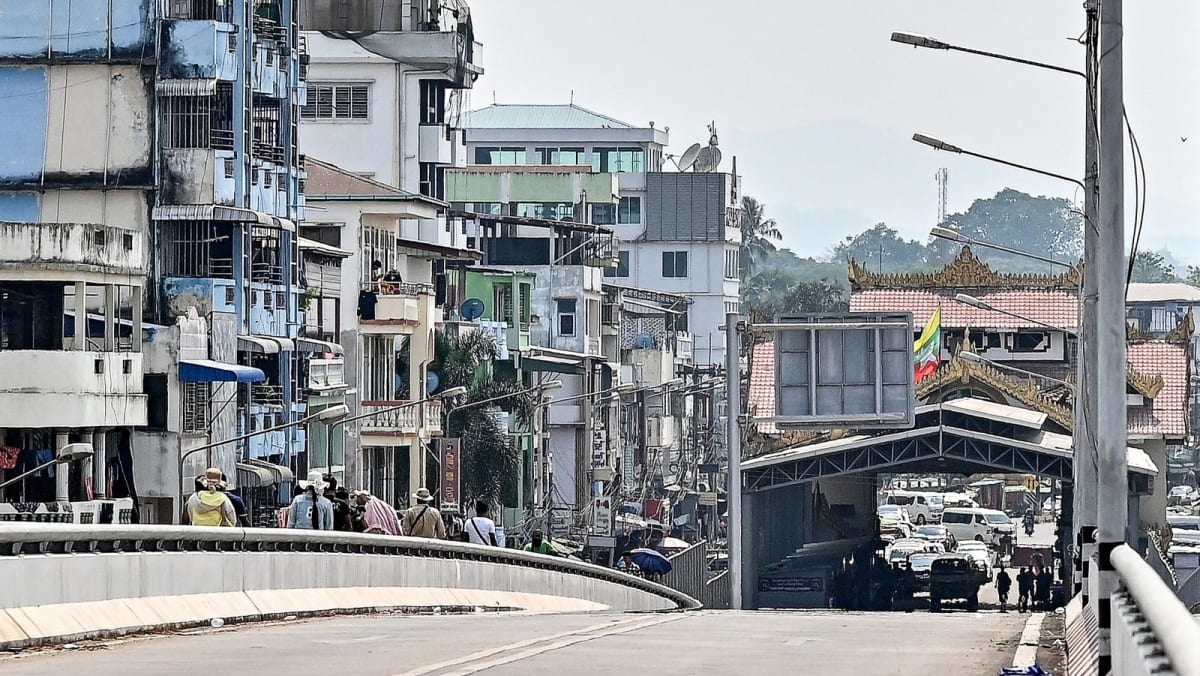
BANGKOK: Thailand arrested 70 immigrants, including 30 children, who were suspected of being Rohingya in the country illegally from Myanmar, a Thai official said on Saturday (Nov 16), in the latest wave of arrivals in Southeast Asia.
In Myanmar, Rohingya Muslims are regarded as foreign interlopers from South Asia and are denied citizenship and subject to abuse.
“From initial questioning them, they said they are Muslims from Myanmar heading to Malaysia or Indonesia,” said Somkane Phothisri, commander of Phang Nga provincial police.
The group was seen on a beach on an island in southern Thailand, with women wearing hijabs, in photos seen by Reuters that were taken by officials.
For years, many Rohingya have attempted to reach neighbouring countries like Thailand and Bangladesh in rickety wooden boats, and to Muslim-majority Malaysia and Indonesia, especially from October to April when the seas are calmer.
“We cannot determine if they are Rohingya or Myanmar who have illegally entered the country yet,” Phang Nga Governor Supoj Rodrung na Nongkhai told Reuters, adding that authorities were still investigating.
The children will be under the care of the Department of Social Development and Welfare, he said.
Last month, boats carrying hundreds of Rohingya landed in Indonesia.
Source: CNA


